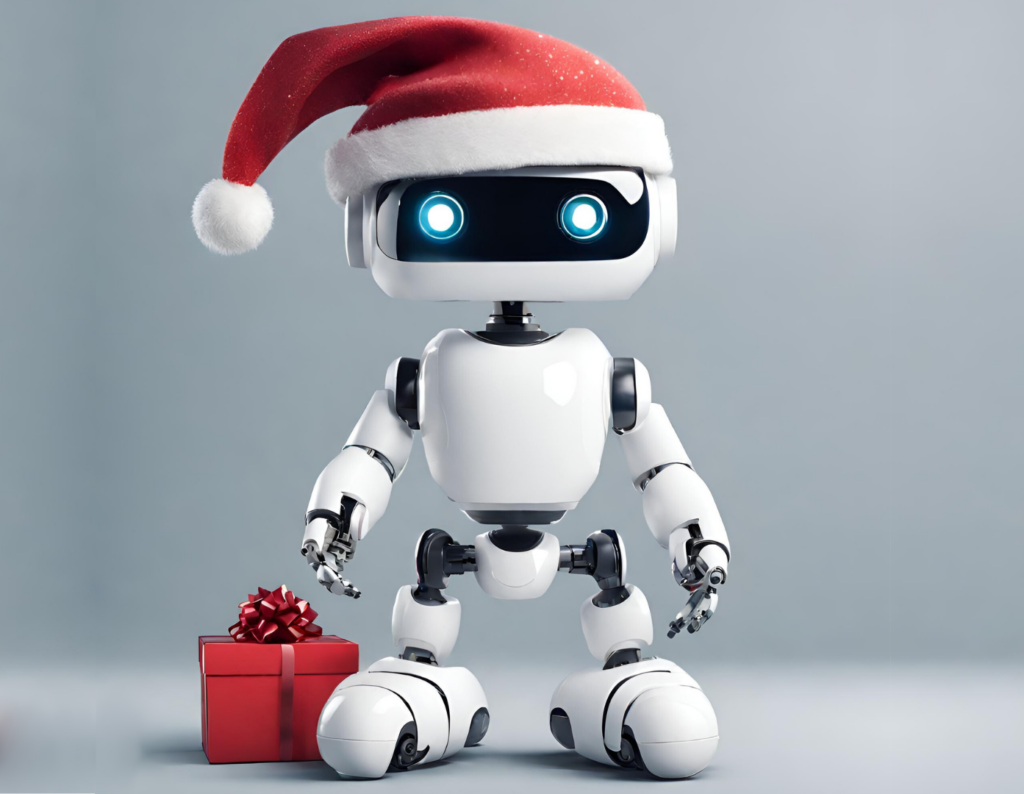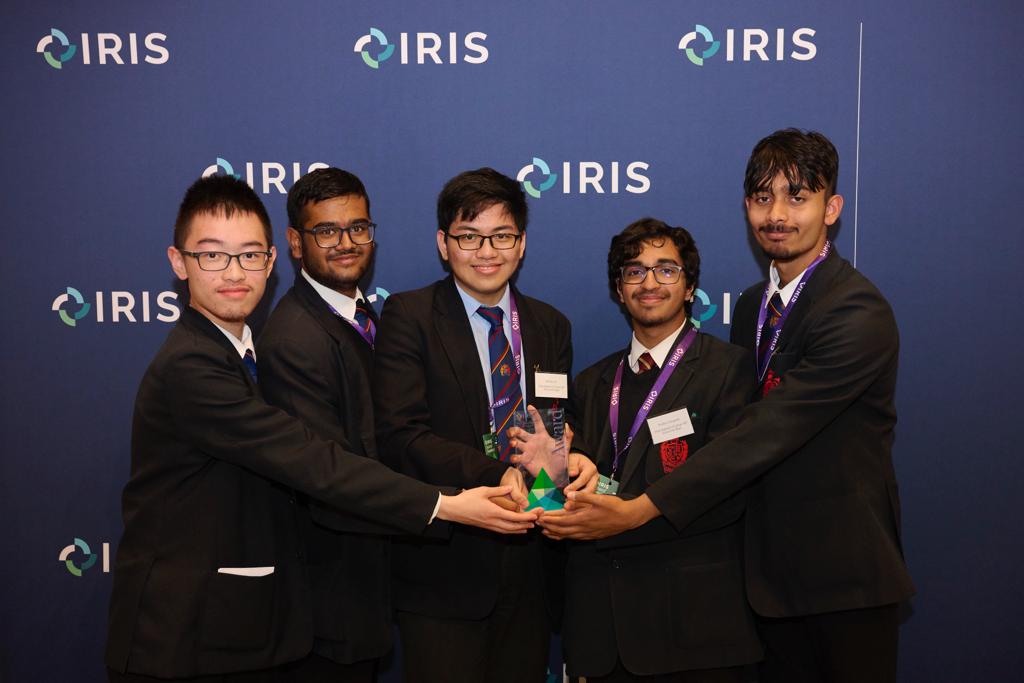
What we’re watching this Christmas:
the Christmas Lectures & AI research
Time to light the fire, cosy up on the sofa and take in the Royal Institution’s Christmas Lectures. This year scientists will tackle the big questions and unravel the myths of AI, what it is and how it really works. It’s a subject a few IRIS student researchers and innovators investigated this year. And as 2023 draws to a close, it’s the perfect time to look back at their work.
Machine learning algorithms to help find the existence of the Higgs boson
Students from King Edward VI Camp Hill School for Boys used AI to classify proton-to-proton collision events as part of Big Data: ATLAS. Renowned professor of particle physics at the University of Oxford, Alan Barr, who helped develop the project, was impressed by their initiative and sophisticated approach to locating the Higgs boson. Their use of AI could help particle physicists by streamlining data selection and analysis. Explore their research poster here – Applications of the XGBoost algorithm in particle physics.
 Students from Our Lady’s Grammar School presenting their Greener Fragrances research at the London Conference earlier this year
Students from Our Lady’s Grammar School presenting their Greener Fragrances research at the London Conference earlier this yearAI robot ball boy
Year 12 students from Queen Elizabeth’s Grammar School in Kent developed an AI robot that retrieves tennis balls as part of their Original Research project. The robot uses a Raspberry Pi model to process the images from a camera on board the robot, providing an accurate way to search for and collect tennis balls. The students demonstrated the robot’s talents at the IRIS conference in London this year, and ITV featured them on a news segment – watch below. Take a look at their research poster here – RoboQuEST AI/ML Tennis Ball Retrieval Robot.
DNA nano-dentist robot
Selma, a student at Liverpool Life Sciences UTC, researched how nanotechnology could be used to prevent tooth decay. She looked at how the tiniest of robots could restore enamel. Selma used principles she learned from the DNA Origami project, where students explore DNA as a design material. She concluded that AI could detect cells responsible for the formation and proliferation of enamel and that by creating a nano-dentist robot, which regenerated enamel and mineralised teeth, we could address some of the underlying causes of dental problems. Her unique approach and solid research won her the IRIS Researcher award.